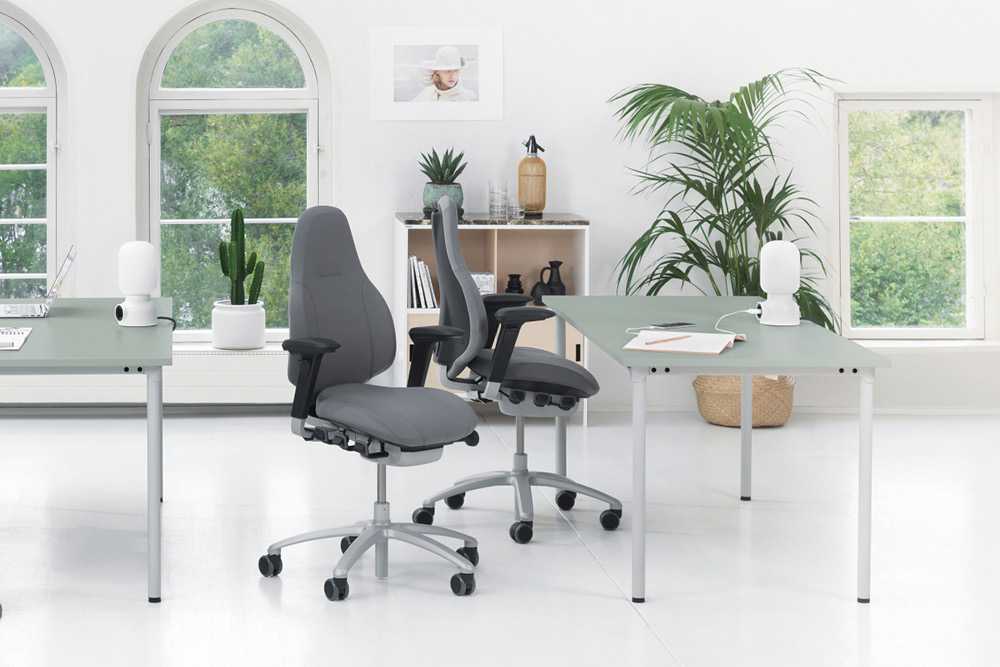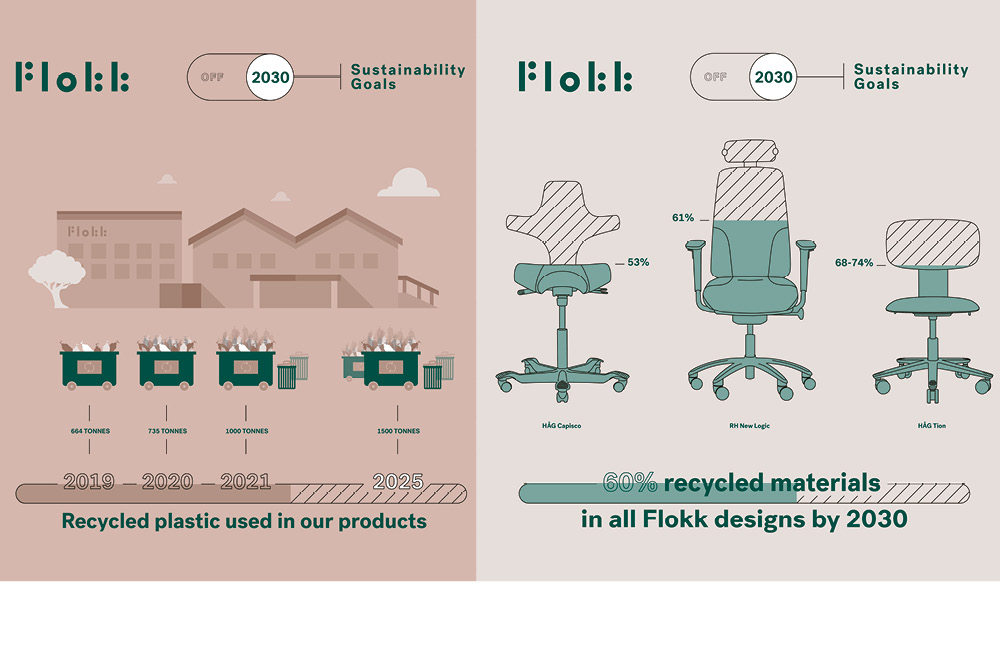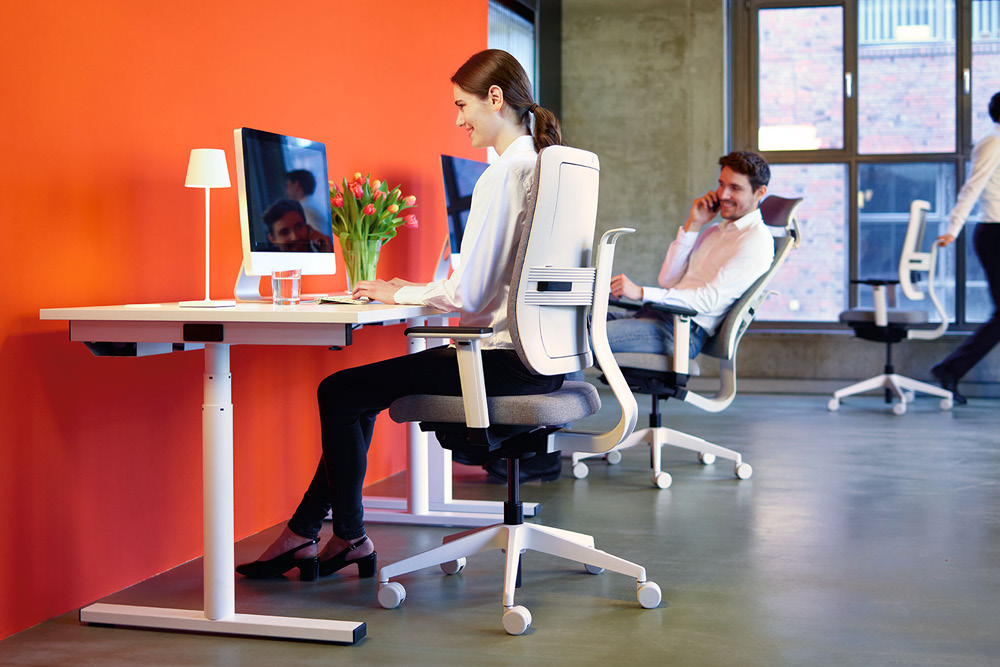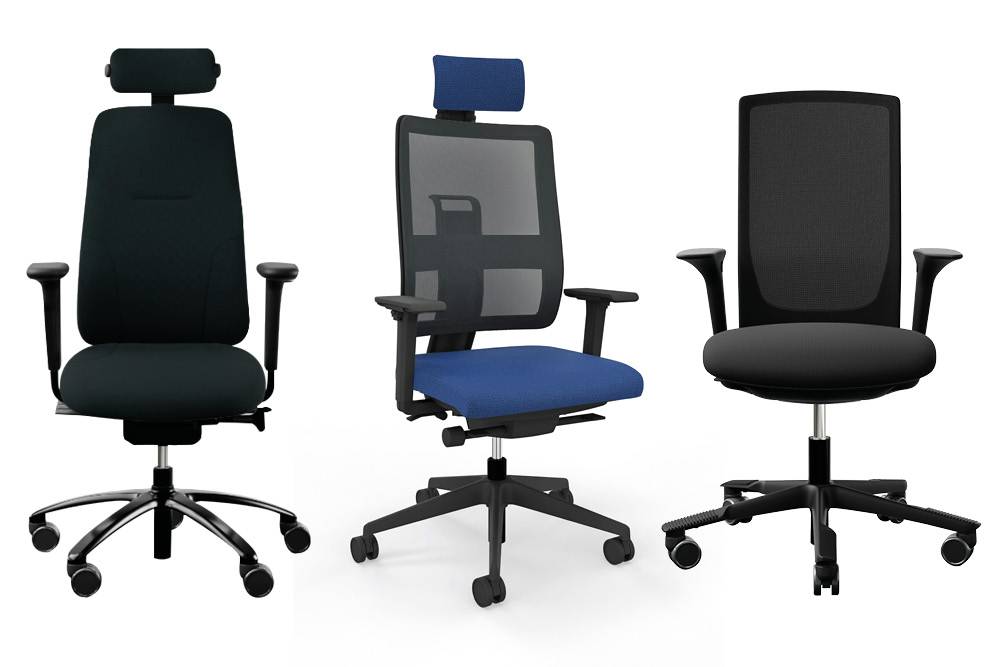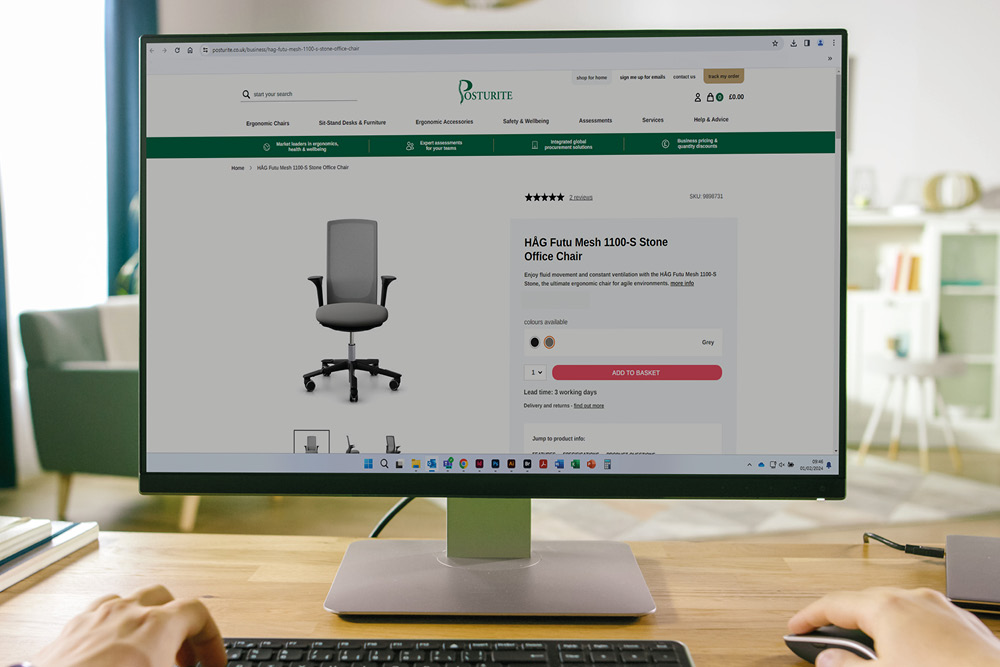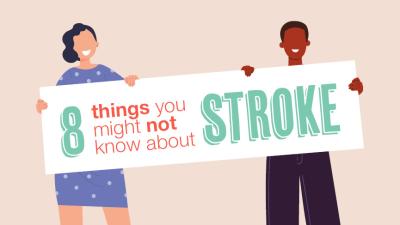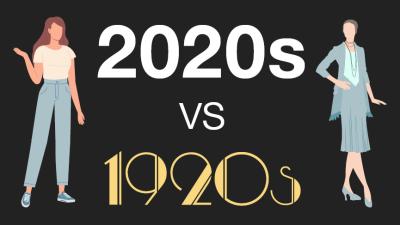There is a great appetite amongst buyers of office chairs for sustainability. That grey chair to see you through years of long Teams meetings must in fact be green.
In this article I’ll explain in simple language the key terms in sustainability which affect office furniture. Also, what are key players in office chair manufacture and retail up to in terms of environmental improvements? It’s good to see the swift progress being made.
I do believe that we are leaving people behind in our quest to protect the environment – people who only have the vaguest idea of what terms like ‘carbon footprint’ mean, and feel it is a bit late to ask…
It’s not too late!
Armed with my ‘C’ grade in GCSE Science, here we go:
What is sustainability?
Christian Lodgaard from the furniture brand Flokk helps me out with the definition of sustainability, he says:
“Sustainability is securing the interests of coming generations of people and coming generations of nature. People and nature rely on each other.”
We’re aiming to neither run out of resources nor cause harm.
What is a carbon footprint?
The carbon footprint is the impact that we have on the environment. The reason for ‘carbon’ in the name is because a carbon footprint is measured in units of carbon dioxide equivalent (CO2e), and carbon dioxide is one of the most harmful greenhouse gases.
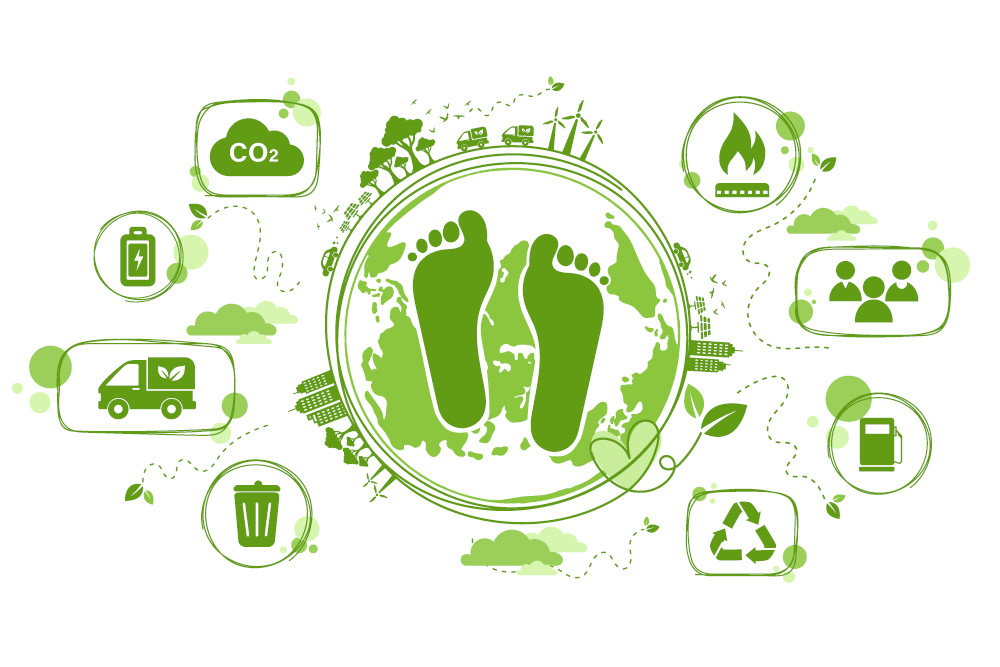 Greenhouse gases in the earth's atmosphere create a ‘blanket’ that traps heat – and then cause global warming.
Greenhouse gases in the earth's atmosphere create a ‘blanket’ that traps heat – and then cause global warming.
A carbon footprint calculation is based on the amount of greenhouse gas emissions generated. Everything we do leaves a carbon footprint, especially what we decide to buy – a car, furniture, food, clothes and more.
Apparently, 72 kgCO2e is the estimated average carbon footprint of an office chair.
I asked Flokk’s Chief Design Officer, Christian Lodgaard, if the carbon footprint is the most important aspect of sustainability? “Yes! If I were to highlight one, I think the climate crisis in the field of sustainability is the most imperative threat.”
The carbon footprint of an office chair is everything that producing and then bringing that office chair to you triggers in terms of greenhouse gas emissions. We’re talking about the sourcing of materials, the production of the chair, transporting the chair and then how long it lasts.
Also, good office chair brands such as Viasit and their Toleo chairs set high standards for the suitability of the chairs for repair, with easy separability and recyclability of the materials used.
Our sustainable Toleo chairs
Look at the carbon footprint of the company you’re buying an office chair from too – and if they offer an aftercare service and spare chair parts. Posturite holds the ISO 14001 environmental standard and the bronze EcoVadis certificate for sustainability performance. EcoVadis is a very good indicator of responsible practices with its globally-trusted scorecards. The team at ClimatePartner are measuring emissions for Posturite and advising on carbon footprint reduction strategies throughout the value chain. Change is urgent, and it’s happening now. Posturite have committed to a Net Zero position in 2035 in business operations (Scope 1 and 2), and Net Zero as a business will be achieved in 2050.

The United Nations Net Zero Coalition explain that ‘Net Zero’ means cutting greenhouse gas emissions to as close to zero as possible, with any remaining emissions re-absorbed from the atmosphere, for example by oceans and forests.
What are office chairs made from?
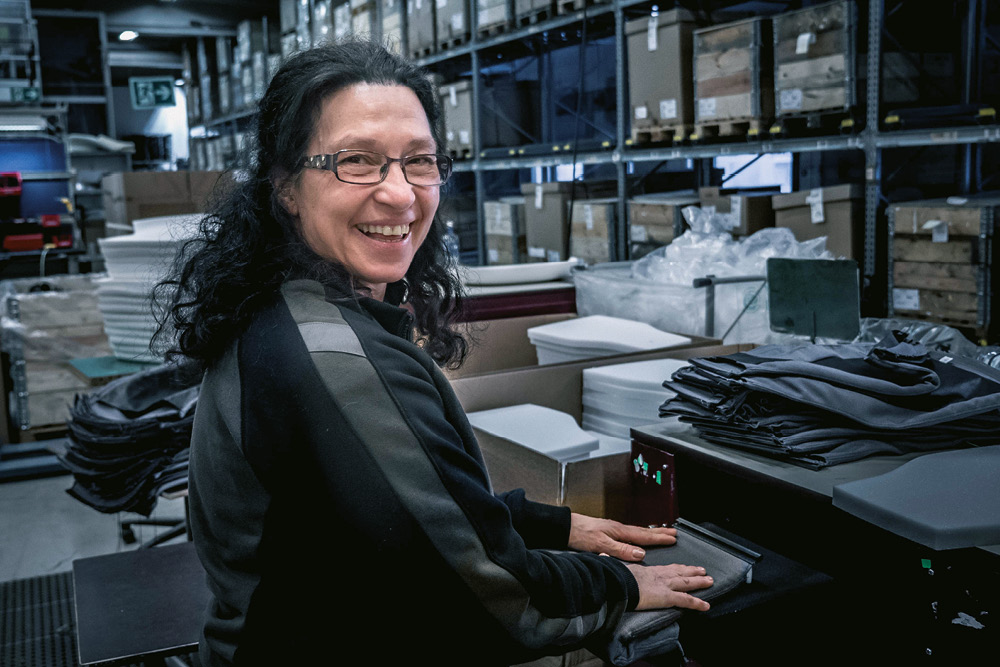
Typically, office chairs are made from a combination of:
- Metal
- Plastic
- Textiles
- Foam
The Furniture Industry Research Association found that for a task chair, metal and plastic account for approximately 70% of its total carbon footprint. In their report, they comment that “Significant carbon footprint reductions can be achieved by minimising metal content, but the life span of a product must also be considered. Metal components may give a longer life span than plastic components, and are potentially easier to recycle.”
It's exciting to see office chairs which have been made from recycled materials. Good ergonomic chairs can be made or partly made from recycled plastic, aluminium, and steel – like those by Flokk. “Recycled materials are almost always less energy intensive to make when compared to virgin materials, and using them consumes more waste than it creates” points out Flokk.
Our sustainable Flokk chairs

In no uncertain terms, Flokk’s Head of Design dismisses any argument against using recycled materials in furniture production: “There is a claim often made that if you consume recycled material, you just trigger increased production of virgin material in the other end. We hear that a lot! This is bull****, it’s absolutely not true.”
And you want an office chair made from recycled snow plough markers? No problem!
Show me office chairs with a low carbon footprint
- 88% of the polypropylene plastic in the RH Logic 220 chair is recycled, as well as 98% of the aluminium. What will you be doing in 2033? Your RH Logic 220 chair (pictured above left) bought in 2024 will still be under warranty!
- The HÅG Futu office chair (above right) has a carbon footprint of only 57.15 kgCO2e. Remember - 72 kgCO2e is the average! And imagine the impact on your organisation’s carbon footprint when you equip hundreds of staff with these. It’s made from 37.79% recycled materials and its manufacturer uses local European supply chains.
- The Toleo Mesh Back Office Chair has a carbon footprint of only 60.42 kg CO2e and is made from 54% recycled materials. It’s in the centre in the photo above and is made by Viasit who use lightweight construction methods and materials purchased almost exclusively from European suppliers with consequently short transport routes.
A good tip is to check the length of warranty for the office chairs you’re interested in. A chair with a 5 year or even 10 year warranty is a good environmental choice.
If you’d like some help choosing the best office chairs with a low-carbon footprint which are within budget for your organisation, you can get independent recommendations from Posturite seating project specialists by the way. They can check out the chairs’ Environmental Product Declarations (EDPs) for you. The choice out there can be daunting and this will save you time!
An office chair with a low carbon footprint is one that lasts many years
A long lifespan for a chair is key to its sustainability. “We need to design our chairs to be loveable and to age with dignity” says Flokk’s Chief Design Officer. “So that you will keep it, and take care of it.”
Take a look if your supplier offers a chair audit service? It’s a bonus to have skilled chair technicians come to your office premises and make a check of the condition of your office chairs, make any easy repairs on the spot and provide a report detailing the status of each chair and any bigger repairs needed. This will then prolong the life of your office chairs – a good green principle.
You’re not alone if you don’t want your organisation’s carbon footprint to be a hulking great giant footprint that is dangerously causing destruction to the planet. In a recent survey:
- 35% of Posturite business customers said that they want to make better environmental choices when buying office furniture.
- 6% said the environment is their number one priority when buying office furniture, ahead of price and design.
That’s reasonably encouraging. This article has been written for ‘dummies’ to shed some light on climate jargon. But only dummies would ignore climate change, and take no action to change their consumer habits.
Read next:





